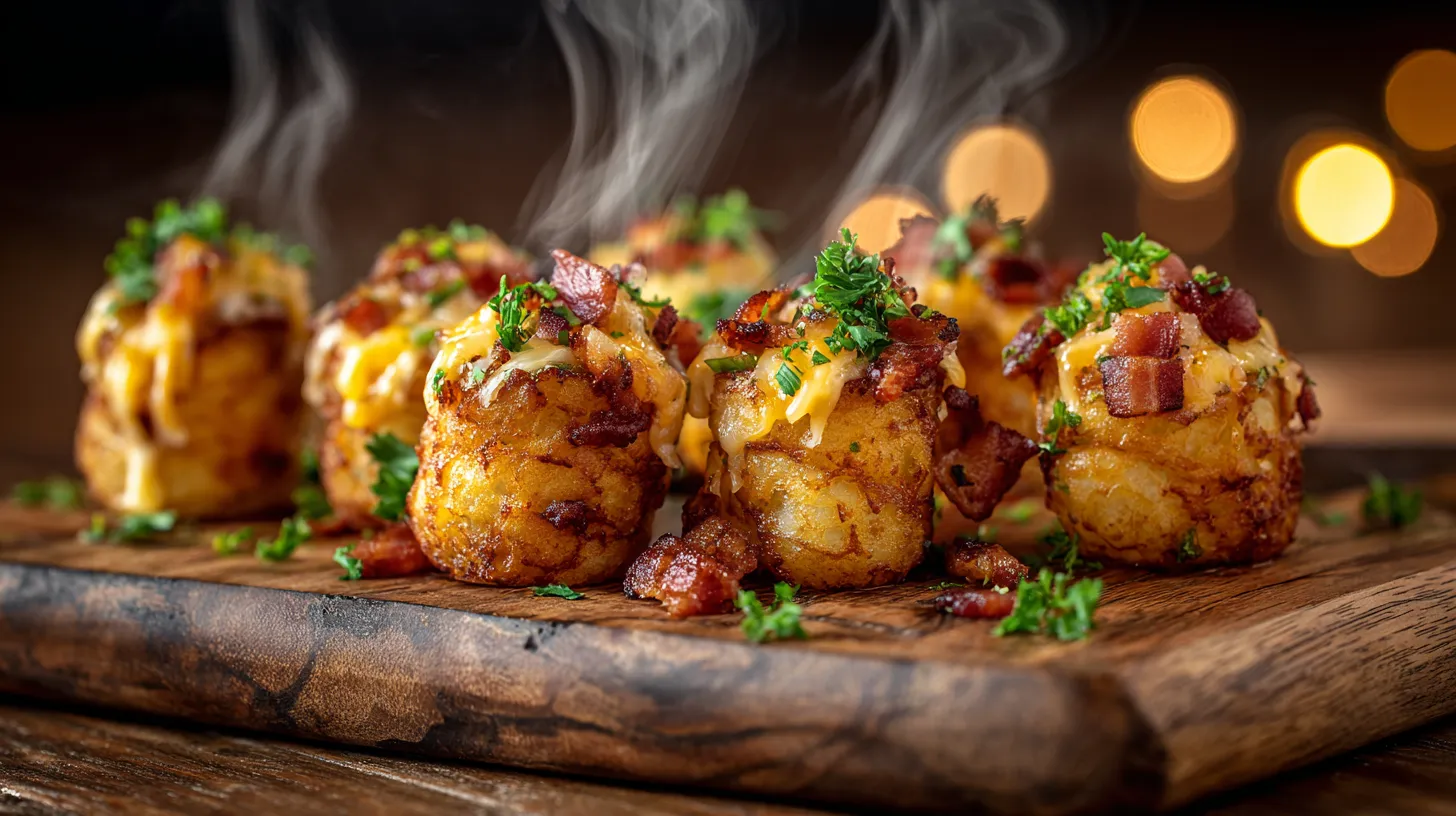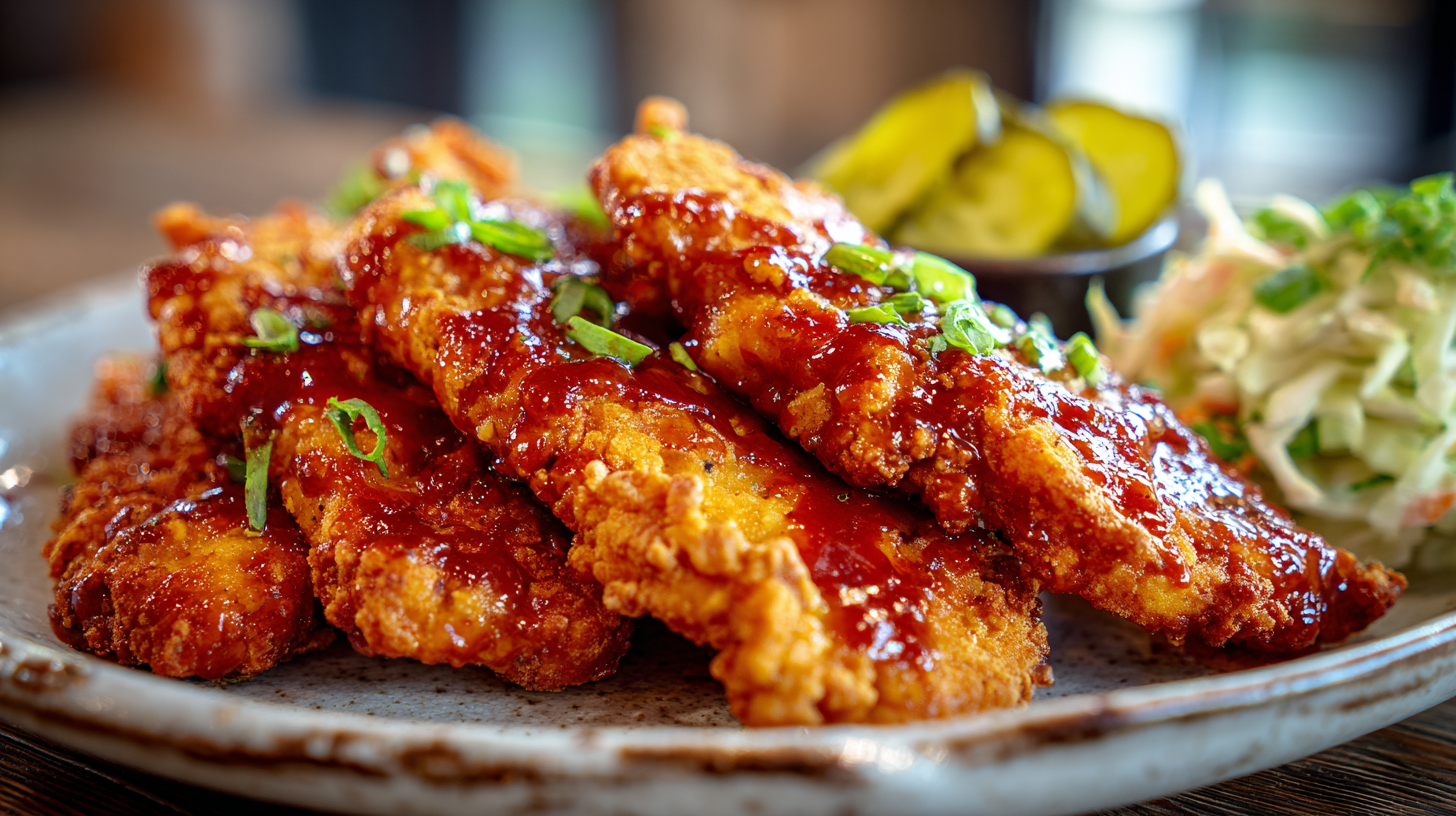Italian cuisine is a treasure trove of flavors, techniques, and history, and pasta is at the heart of it all. Among the many varieties of pasta, one stands out for its unique look and texture – Mafalda pasta. In this comprehensive article, we will explore everything about Mafalda pasta: its origins, preparation methods, best recipes, and cultural significance. Whether you’re new to cooking or a seasoned home chef, this guide will provide an in-depth look at this exceptional type of pasta.
What Is Mafalda Pasta?
Mafalda pasta, sometimes called “Reginette” or “Mafaldine,” is a ribbon-shaped pasta with a distinctive ruffled edge. Named after Princess Mafalda of Savoy, this pasta has a charming appearance that makes it ideal for both casual and elegant dishes. It is known for its ability to capture sauce, thanks to its wavy edges, and is often compared to lasagna noodles, albeit narrower and shorter.
Mafalda pasta is traditionally made with durum wheat semolina, which gives it a firm texture that holds up well when cooked al dente. This pasta is perfect for a wide range of dishes, from hearty, rich sauces to lighter, vegetable-based concoctions.

The History of Mafalda Pasta
Mafalda pasta has a unique origin story rooted in Italian royalty. It was named in honor of Princess Mafalda of Savoy, the daughter of King Victor Emmanuel III of Italy. The pasta’s ruffled edges are said to resemble the frills and lace that were popular in royal attire at the time, adding a regal touch to the humble pasta dish. The name “Reginette” translates to “little queens,” further emphasizing its royal connection.
Though Mafalda pasta has its roots in tradition, it has become increasingly popular across the world for its versatility and ability to adapt to various culinary trends. From Italian home kitchens to fine-dining restaurants, Mafalda has earned a special place in the hearts of pasta lovers.
Characteristics of Mafalda Pasta
The key characteristics of Mafalda pasta lie in its shape and texture. The ribbon-like pasta is flat, with wavy edges running along both sides. These edges are designed to help sauces cling to the pasta, making it an ideal choice for recipes where sauce adherence is important. Here are some of its defining traits:
- Ribbon Shape with Ruffled Edges: The distinct ruffles give Mafalda a unique texture that elevates its visual appeal and helps capture sauces.
- Durum Wheat Semolina: Made from high-quality durum wheat, the semolina flour gives it a firm bite, especially when cooked to al dente.
- Versatile: Mafalda is suitable for many types of dishes, including pasta bakes, soups, and one-pot meals.
How to Cook Mafalda Pasta
Cooking Mafalda pasta follows a similar method as most other pasta types. The goal is to achieve that perfect al dente texture, where the pasta is tender but still has a slight bite. Here’s a step-by-step guide:
Ingredients:
- 400g Mafalda pasta
- 4 liters of water
- 2 tablespoons of salt
Instructions:
- Boil Water: Start by bringing a large pot of water to a rolling boil. Using plenty of water is essential to ensure the pasta cooks evenly.
- Add Salt: Once the water is boiling, add salt. This helps flavor the pasta as it cooks.
- Add Pasta: Add the Mafalda pasta and give it a good stir to prevent the pieces from sticking together.
- Cook to Al Dente: Cook the pasta for 8-10 minutes, or until al dente. Stir occasionally.
- Drain: Drain the pasta using a colander, but reserve a cup of the pasta water. This starchy water can be used to adjust the consistency of your sauce.
- Combine with Sauce: Add the drained pasta to your preferred sauce, tossing gently until evenly coated.
Popular Mafalda Pasta Recipes
One of the great things about Mafalda pasta is its versatility. Whether you prefer a simple garlic and olive oil sauce or a rich, creamy concoction, this pasta is sure to satisfy. Below are some popular recipes featuring Mafalda pasta.
1. Mafalda Pasta with Tomato Basil Sauce
A classic and simple recipe, Mafalda with tomato basil sauce highlights the flavors of fresh tomatoes, garlic, and basil.
Ingredients:
- 400g Mafalda pasta
- 4 ripe tomatoes, diced
- 4 cloves garlic, minced
- 4 tablespoons olive oil
- Salt and pepper, to taste
- Fresh basil leaves, torn
- Grated Parmesan cheese for serving
Instructions:
- Cook the Pasta: Cook Mafalda pasta according to the instructions above.
- Prepare the Sauce: Heat olive oil in a skillet over medium heat. Add garlic and sauté until fragrant, about 30 seconds.
- Add Tomatoes: Add the diced tomatoes and cook for 5-7 minutes, until softened. Season with salt and pepper.
- Combine: Add the cooked Mafalda pasta to the skillet and toss to combine. Add a splash of reserved pasta water if needed.
- Serve: Garnish with fresh basil and grated Parmesan cheese.
2. Mafalda Pasta with Creamy Mushroom Sauce
This creamy mushroom sauce is a wonderful complement to the textured edges of Mafalda, perfect for a comforting dinner.
Ingredients:
- 400g Mafalda pasta
- 300g mushrooms, sliced
- 1 onion, finely chopped
- 3 cloves garlic, minced
- 4 tablespoons olive oil
- 1 cup heavy cream
- Salt and pepper, to taste
- Fresh thyme, for garnish
Instructions:
- Cook the Pasta: Follow the instructions above to cook the Mafalda.
- Sauté the Vegetables: In a skillet, heat olive oil over medium heat. Add the onion and sauté until translucent. Add garlic and mushrooms, and cook until the mushrooms are browned.
- Add Cream: Reduce heat and stir in the heavy cream. Let the sauce simmer for 5 minutes, then season with salt and pepper.
- Combine and Serve: Add the cooked pasta and toss to combine. Garnish with fresh thyme before serving.
3. Mafalda Pasta Salad
A light, refreshing dish, perfect for warm weather or as a side dish at family gatherings.
Ingredients:
- 400g Mafalda pasta
- 1 cup cherry tomatoes, halved
- 1 cucumber, diced
- ½ cup black olives, sliced
- 100g feta cheese, crumbled
- 3 tablespoons olive oil
- 1 tablespoon lemon juice
- Salt and pepper, to taste
Instructions:
- Cook and Cool the Pasta: Cook the Mafalda and let it cool to room temperature.
- Prepare Vegetables: In a large bowl, combine cherry tomatoes, cucumber, black olives, and feta cheese.
- Make Dressing: In a small bowl, whisk together olive oil, lemon juice, salt, and pepper.
- Combine: Add the cooled pasta to the vegetables and toss with the dressing. Serve chilled.

Homemade Mafalda Pasta: Tips and Tricks
Making Mafalda at home requires some patience, but it’s well worth the effort. Here’s how to do it:
Ingredients:
- 2 cups semolina flour
- 2 cups all-purpose flour
- 4 large eggs
- 1 teaspoon salt
Instructions:
- Prepare Dough: On a clean surface, combine the flours and make a well in the center. Add the eggs and salt to the well, and mix gradually until a dough forms.
- Knead: Knead the dough for 8-10 minutes until smooth. Let it rest for 30 minutes, covered.
- Roll Out and Cut: Using a pasta roller or rolling pin, roll the dough out to your desired thickness. Use a pasta cutter to create the ribbon shape, then crimp the edges with a zig-zag pasta cutter to create the characteristic ruffles.
- Dry the Pasta: Place the cut pasta on a floured tray and let it dry for 30 minutes before cooking.
Nutritional Value of Mafalda Pasta
Mafalda pasta, like other types of pasta, is a good source of carbohydrates, which provide energy for the body. Depending on the type of flour used, it can also provide a moderate amount of protein, fiber, and essential vitamins and minerals. Here’s a look at the nutritional profile of Mafalda pasta made from durum wheat:
- Carbohydrates: Rich in complex carbohydrates, which help sustain energy levels throughout the day.
- Protein: Contains a decent amount of protein, especially if made with eggs.
- Fiber: Whole wheat Mafalda provides more fiber, aiding in digestion.
- Vitamins and Minerals: Contains B vitamins, magnesium, and iron.
If you’re looking for gluten-free options, there are versions of Mafalda pasta made from rice flour, chickpea flour, or other gluten-free flours, which provide similar nutritional benefits.
Regional Variations and Cultural Significance
Mafalda is not as ubiquitous as other types of pasta, such as spaghetti or penne, but it holds a special place in regional Italian cooking. In Southern Italy, it is often prepared with seafood sauces, while in Northern regions, it is served with creamy mushroom or cheese-based sauces. Its versatility means it can be adapted to suit different regional specialties and ingredient availability.
The cultural significance of Mafalda can be seen in its association with royal traditions. Its elaborate, decorative shape speaks to a sense of occasion, making it a popular choice for holidays, weddings, and other special events. Even outside of Italy, Mafalda has become synonymous with gatherings, comfort, and the joy of sharing a meal.
Modern Interpretations of Mafalda Pasta
Today, Mafalda is being used in creative, modern ways by chefs all over the world. It’s not uncommon to see it in fusion dishes that blend Italian flavors with elements of other cuisines. For example, a spicy Mafalda with a coconut curry sauce combines Italian pasta-making traditions with Thai-inspired flavors, creating an exciting culinary experience.
Vegetarian and vegan interpretations are also on the rise, with more emphasis on plant-based sauces and nutrient-rich vegetables. A popular vegan version includes a creamy cashew sauce, mushrooms, and spinach, offering a rich and satisfying dish without the use of dairy.
Cooking Tips for Perfect Mafalda Pasta
Cooking Mafalda might seem straightforward, but there are a few tricks to ensure it comes out perfect every time.
- Plenty of Water: Always use a large pot with plenty of water. Pasta needs room to move around to cook evenly.
- Salt the Water Generously: This is the only chance to season the pasta itself. Add enough salt to the water so it tastes like the sea.
- Don’t Overcook: Aim for al dente, which means the pasta should have a slight resistance when bitten. Overcooked Mafalda loses its distinctive texture.
- Save Pasta Water: The starchy pasta water is perfect for adjusting the consistency of sauces. A splash can help your sauce cling better to the Mafalda.
Storing and Reheating Mafalda Pasta
Leftover Mafalda can be stored and reheated with great results. Here are some best practices:
- Storing: Place leftover pasta in an airtight container and store it in the refrigerator for up to three days. Keep it separate from the sauce if possible, to maintain texture.
- Reheating: Reheat on the stovetop in a skillet. Add a splash of water or broth to prevent it from drying out. You can also use the microwave, but be sure to stir frequently to heat evenly.
One-Pot Mafalda Pasta Dishes
One-pot pasta dishes are an excellent choice for busy weeknights. By cooking everything in a single pot, you save time and reduce the number of dishes to clean.
One-Pot Mafalda with Spinach and Ricotta
This creamy one-pot pasta with spinach and ricotta is the perfect comfort food, combining the rich taste of ricotta with the freshness of spinach.
Ingredients:
- 400g Mafalda pasta
- 3 cloves garlic, minced
- 1 onion, finely chopped
- 4 cups vegetable broth
- 2 cups spinach leaves
- 1 cup ricotta cheese
- Salt and pepper, to taste
Instructions:
- Cook the Aromatics: In a large pot, sauté the onion and garlic until translucent.
- Add Pasta and Broth: Add Mafalda and vegetable broth to the pot. Bring to a boil, then reduce heat and cook for 10-12 minutes, stirring occasionally.
- Add Spinach and Ricotta: Once the pasta is al dente, add spinach and ricotta cheese. Stir until the spinach wilts and the ricotta is well combined. Season with salt and pepper, and serve immediately.

Conclusion: Why You Should Try Mafalda Pasta
Mafalda pasta is a delightful choice for anyone who loves Italian cuisine. Its unique shape and ruffled edges make it a versatile and visually appealing option for a wide variety of dishes, from simple tomato sauces to elaborate baked casseroles. With its rich history and cultural significance, Mafalda embodies the spirit of Italian cooking – a love for good food, good company, and culinary creativity.
Whether you’re preparing a comforting weeknight dinner or a festive meal for a special occasion, Mafalda is sure to impress. Experiment with different sauces, vegetables, and proteins to create your perfect dish, and enjoy the wonderful journey that is Italian cooking. Buon appetito!





